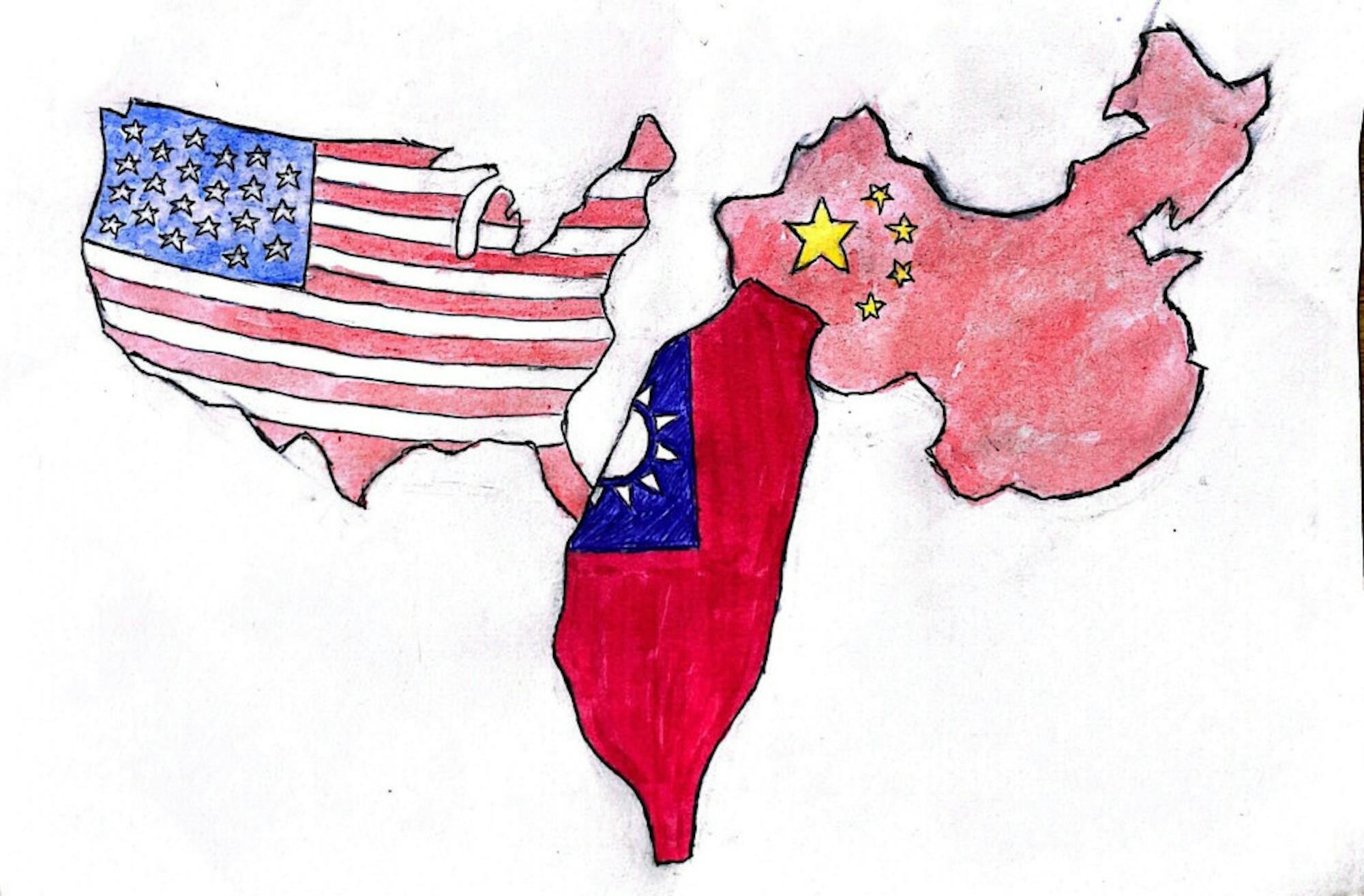The China-Taiwan conflict has lasted for decades, from the establishment of the People's Republic of China to the present. When the PRC was established in 1949, the Chinese Communist Party’s adversary, the Kuomintang, retreated to the island of Taiwan during the Chinese Civil War. Since then, China has always claimed to hold sovereignty over Taiwan, an “inalienable” part of China.
On the world stage, it seems that they have succeeded. Taiwan currently has full diplomatic relations with only 14 countries. None of those countries are major economic or military powers. The United States, the world's largest superpower, also recognizes the “One China Policy,” under which it recognizes the PRC is the sole legal government of China and acknowledges the Chinese position that Taiwan is a part of China and there is one China.
Nonetheless, the situation has shifted, marked by Speaker of the House Nancy Pelosi's visit to Taiwan on Aug. 2. She is the highest ranking U.S. official to visit Taiwan since 1997. Historically, Pelosi has criticized China for abuse of human rights. Shortly before her visit to Taiwan, she stated in an opinion article for the Washington Post that America must stand by a democratic Taiwan at a time “when the world faces a choice between autocracy and democracy.”
According to Pelosi, her visit doesn't contradict the One China Policy. This, of course, is a viewpoint which Beijing fiercely opposes. Qin Gang, the Chinese ambassador to the U.S., claimed that Pelosi's visit “has openly broken America’s commitment not to develop official relations with Taiwan.”
But is the threshold for a violation of the One China Policy really the key in this conflict? To look back on Pelosi’s quote, “it is a time when the world faces a choice between autocracy and democracy.” And Taiwan, which is debatably a part of the world’s largest autocratic country, embraces democracy and sides with the United States, the world’s largest democratic country. As the world continues to bifurcate, this “New Cold War” seems to have escalated; Taiwan’s closer relations with the U.S. is only one example of democracies rallying on the world stage against authoritarian powers — namely China and its allies.
Taiwan is definitely a contested region between the two poles. On one hand, Taiwan and China share similar culture and language. Many Chinese people immigrated to Taiwan from China after the Chinese Civil War in 1949. On the other hand, they hold sharp ideological differences. Taiwan has a democratic political system; in this respect, it seems natural that it would lean towards the U.S.
Where, then, does the future of Taiwan lie? Now, Taiwan appears to be drifting apart from China. According to Pew Research Center, as of 2019, only 36% of Taiwanese citizens view closer political relations with mainland China favorably, whereas 79% favor closer relations with the U.S.
However, the future of Taiwan isn't only in the hands of Taiwanese themselves, but also China and the U.S., If China were to “reunify” Taiwan through force, Taiwan would be overpowered unless it sought help from the U.S. This would spark violent conflict between the two largest militaries in the world. While such actions from China seem improbable in the near future, the conflict has escalated in recent months, as exemplified by Pelosi’s recent visit, and China has also grown more paranoid about securing its territory, as shown by China's recent tightened grip on Hong Kong.
Taiwan's future seems undetermined. But one thing for sure — it has been stuck in disputes over ideology. Its past is closely tied to the ideological debate between the CCP and KMT. Taiwan’s future now seems tied to another contest over ideologies — this time between China and the U.S.






